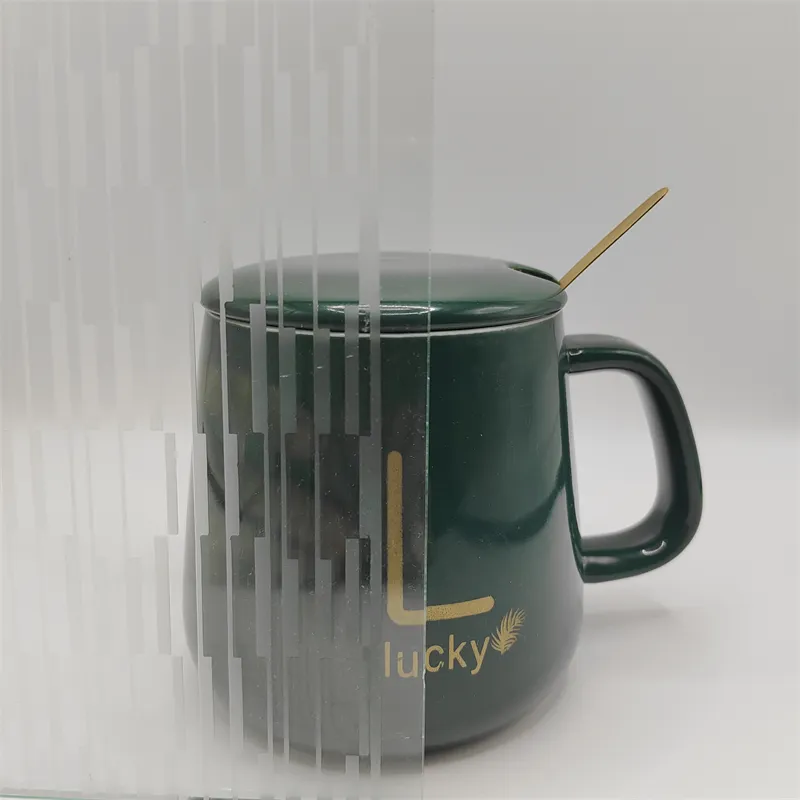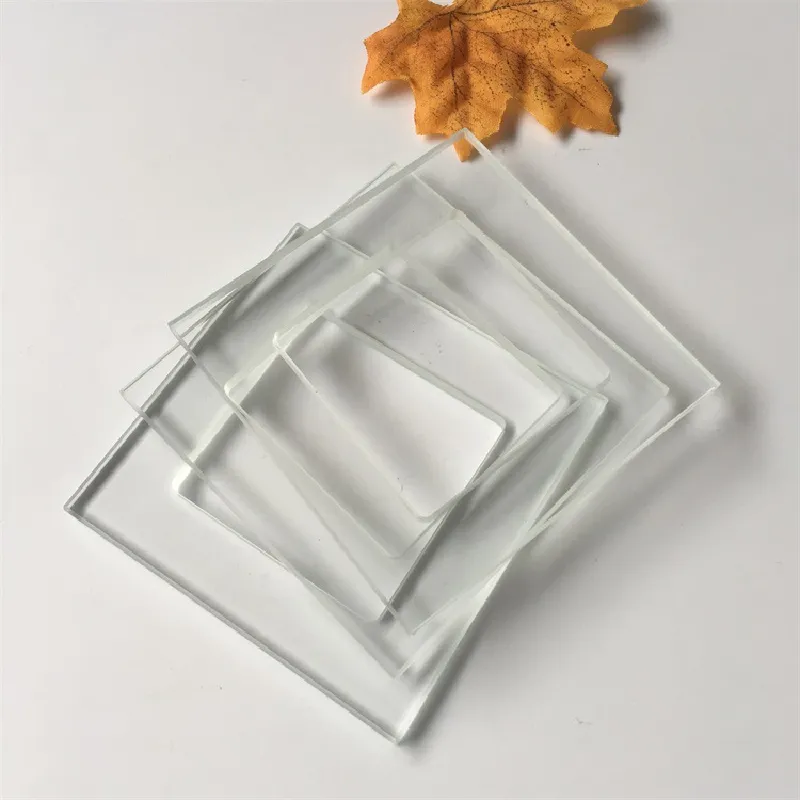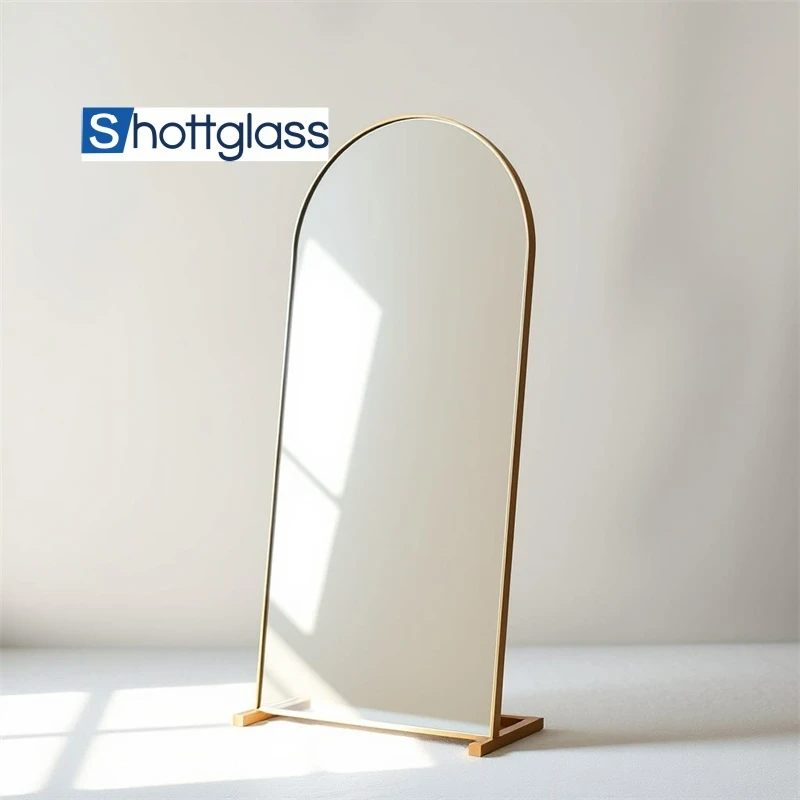Jul . 04, 2025 09:25 Back to list
Satin Acid Etched Glass - Smooth, Privacy, Durable Satin Sandblasted & Tempered Options
- Introduction to satin acid etched glass
and overview of specialized glass types - Technical characteristics of satin sandblasted and acid etched glass compared
- Advantages and unique selling points of tempered acid etched glass
- Manufacturers analysis: global players and regional leaders
- Customization options and production flexibility
- Application scenarios with salient case studies
- Conclusion: Why satin acid etched glass is a preferred architectural solution

(satin acid etched glass)
Introduction: Understanding Satin Acid Etched Glass Applications
Satin acid etched glass is a premium decorative material renowned for its silky-matte surface and consistent translucency. Manufactured through advanced acid-etching techniques, this glass type provides architects and interior designers with a versatile alternative to both traditional frosted and sandblasted products. The global flat glass market exceeded USD 120 billion in 2023, with specialty glass segments like acid etched products accounting for approximately 7% of total demand. Related varieties, including satin sandblasted glass and tempered acid etched variants, have steadily gained market share due to heightened demand for privacy and safety in commercial as well as residential builds. This overview explores the technical, competitive, and practical dimensions of these innovative glass solutions.
Technical Attributes: Satin Sandblasted vs. Acid Etched Glass
The main difference between satin sandblasted glass and satin acid etched glass lies in the manufacturing process and resulting surface quality. Sandblasted glass is produced by blasting abrasive materials at high pressures onto the glass surface, creating a frosted appearance with micro-abrasions. In contrast, acid etched glass uses a controlled chemical process involving hydrofluoric acid to achieve a smooth, uniform satin finish.
The satin acid etched method results in fewer surface defects and higher durability, making fingerprint and stain resistance significantly better than sandblasted alternatives. Luminosity data reveals that acid-etched glass maintains 85-90% light transmission, compared to 75-80% for typical sandblasted finishes. Moreover, acid etched glass offers enhanced privacy while retaining a soft diffusion of daylight, making it a preferred choice for offices, bathrooms, and partition walls where aesthetics and light management are essential.
In addition, acid etched finishes support a broader range of post-treatment processes including tempering, laminating, and coating—adding further flexibility for designers and fabricators. This ensures that the visual quality, tactile experience, and physical resilience of satin acid etched glass consistently outperform conventional sandblasted products.
Technical Advantages of Tempered Acid Etched Glass
Tempered acid etched glass uniquely combines the visual elegance of satin finishes with the mechanical strength paramount for safety-critical installations. During the tempering process, the glass is heated above 600°C and rapidly cooled, resulting in a surface compression that increases impact resistance by up to four times compared to non-tempered glass.
Market statistics from the International Glass Association indicate that tempered glass constitutes over 40% of safety glass installations worldwide. By integrating acid etched technology, tempered acid etched glass meets the dual requirements of privacy and compliance with international safety codes (such as EN 12150 and ANSI Z97.1).
This combination makes it ideal for use in high-traffic public areas, shower enclosures, balustrades, and doors. The durability is underscored by chemical resistance, reduced maintenance needs, and extended lifecycle—a compelling trio for contractors and end-users alike.
Manufacturers: Global and Regional Leaders Compared
Analyzing the competitive landscape reveals several market leaders specializing in satin sandblasted glass, satin acid etched glass, and tempered acid etched glass production. Evaluation criteria include product range, minimum order quantity (MOQ), warranty, global reach, and customization services.
| Manufacturer | Product Range | MOQ (m2) | Warranty | Regional Coverage | Custom Options |
|---|---|---|---|---|---|
| Saint-Gobain | Acid etched, sandblasted, tempered | 300 | 10 years | Global | Wide |
| AGC Group | Acid etched, tempered, laminated | 500 | 7 years | Global | Moderate |
| Guardian Glass | Etched, frosted, patterned | 200 | 5 years | Americas, EMEA | Wide |
| Xinyi Glass | Acid etched, sandblasted, custom designs | 1000 | 6 years | Asia-Pacific | Comprehensive |
| Schott | Technical and decorative glass | 200 | 8 years | Global | Limited |
As the table demonstrates, Saint-Gobain and Guardian Glass consistently offer broad product portfolios, lower MOQs, and strong customization capabilities, catering to diverse client requirements from bespoke residential projects to large-scale public infrastructure.
Customization Possibilities and Production Adaptability
The ability to tailor satin acid etched glass to project-specific requirements distinguishes leading manufacturers and provides architects with substantial design freedom. Bespoke options include variable levels of translucency, intricate surface patterns, colored interlayers, and even surface coatings that add antimicrobial properties or UV protection.
For thicker installations or unique colorways, advanced digital printing and laser-etching technologies are available. Edge processing, such as arrissing, beveling, and polishing, ensures flawless integration with structural elements like hinges, gaskets, and frames. On demand, glass panels can be produced in extra-large dimensions of up to 3.21 x 6 meters, enhancing the feasibility of open-plan concepts in modern architecture.
The inclusion of laminating or back-painting during production cycles offers increased safety and bold aesthetic options. Manufacturers also provide rapid prototyping services, often delivering test samples within 5-10 business days—enabling project teams to optimize both function and design before committing to full-scale production. This level of adaptability fosters innovation across façade systems, partition screens, and decorative wall features.
Practical Applications: Case Studies in Architecture and Interior Design
Real-world applications of satin acid etched glass range from privacy screens in corporate offices to statement balustrades in luxury hotels. In a 2022 commercial retrofit in Frankfurt, 2,600 m2 of acid etched panels were installed as internal partitions, enhancing spatial brightness by 28% while simultaneously reducing sightlines between workspaces.
In the hospitality sector, projects like the Marriot Shanghai utilized over 1,100 m2 of custom-tempered acid etched glass for bathroom enclosures and feature walls, prioritizing guest privacy, cleanability, and subtle light diffusion. High-end retailers incorporate double-glazed acid etched storefronts to maximize brand visibility while shielding product displays from ultraviolet degradation.
Notably, residential applications benefit from satin sandblasted glass’s ability to delineate spaces such as walk-in showers and room dividers, with client surveys indicating a 94% satisfaction rate for both visual impression and ease of cleaning.
Collectively, these examples illustrate how advanced acid etched and sandblasted glass solutions create harmonious environments—balancing functional needs with architectural intent.
Conclusion: Satin Acid Etched Glass as a Superior Architectural Solution
In conclusion, satin acid etched glass remains a highly versatile and desirable solution for modern building projects. Its harmonious blend of controlled privacy, high light transmission, and unmatched surface uniformity ensures that it meets rigorous architectural demands. As data and comparative assessments reveal, advancements in production, customization, and safety standards have propelled satin acid etched glass ahead of traditional alternatives.
Whether applied in public, commercial, or residential contexts, the technical innovations and real-world results underscore its continued relevance. Project stakeholders increasingly select satin acid etched glass not just for its refined aesthetics but for its enduring performance and adaptability.

(satin acid etched glass)
FAQS on satin acid etched glass
Q: What is satin acid etched glass?
A: Satin acid etched glass is a type of glass with a smooth, matte finish, produced by treating the surface with acid. This process creates a translucent appearance while maintaining privacy. It is commonly used for decorative and architectural applications.Q: How does satin sandblasted glass differ from satin acid etched glass?
A: Satin sandblasted glass is created by blasting the surface with sand or other abrasive materials to achieve a frosted effect. Satin acid etched glass uses acid to produce a similar matte finish. Both offer privacy, but acid etching typically results in a smoother and more uniform surface.Q: What are the advantages of tempered acid etched glass?
A: Tempered acid etched glass combines the strength and safety of tempered glass with the aesthetics of acid etching. It is more resistant to impact and thermal stress. This makes it ideal for doors, partitions, and other high-traffic areas.Q: Is satin acid etched glass easy to clean?
A: Yes, satin acid etched glass is easy to clean due to its smooth, non-porous surface. Regular cleaning with mild, non-abrasive cleaners is recommended. Avoid harsh chemicals to maintain the glass's appearance.Q: Can satin acid etched glass be customized in thickness and design?
A: Absolutely, satin acid etched glass can be tailored in thickness, size, and pattern to meet specific project needs. Custom designs, logos, or patterns can also be incorporated during manufacturing. This makes it versatile for various decorative and functional uses.-
Types of Reflective Glass
NewsNov.17,2025
-
What Is Dichroic Glass?
NewsNov.17,2025
-
Smart LED mirrors can have touch controls
NewsNov.17,2025
-
Laminated glass improves energy efficiency
NewsNov.17,2025
-
Insulated glass enhances building comfort
NewsNov.17,2025
-
Acid etched glass offers elegant privacy
NewsNov.17,2025
Related PRODUCTS














